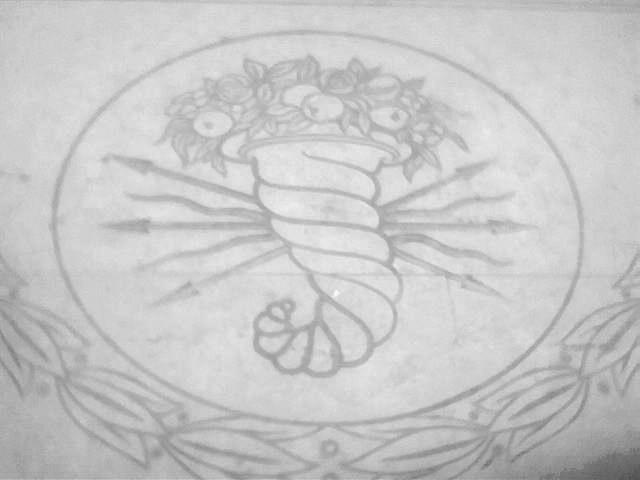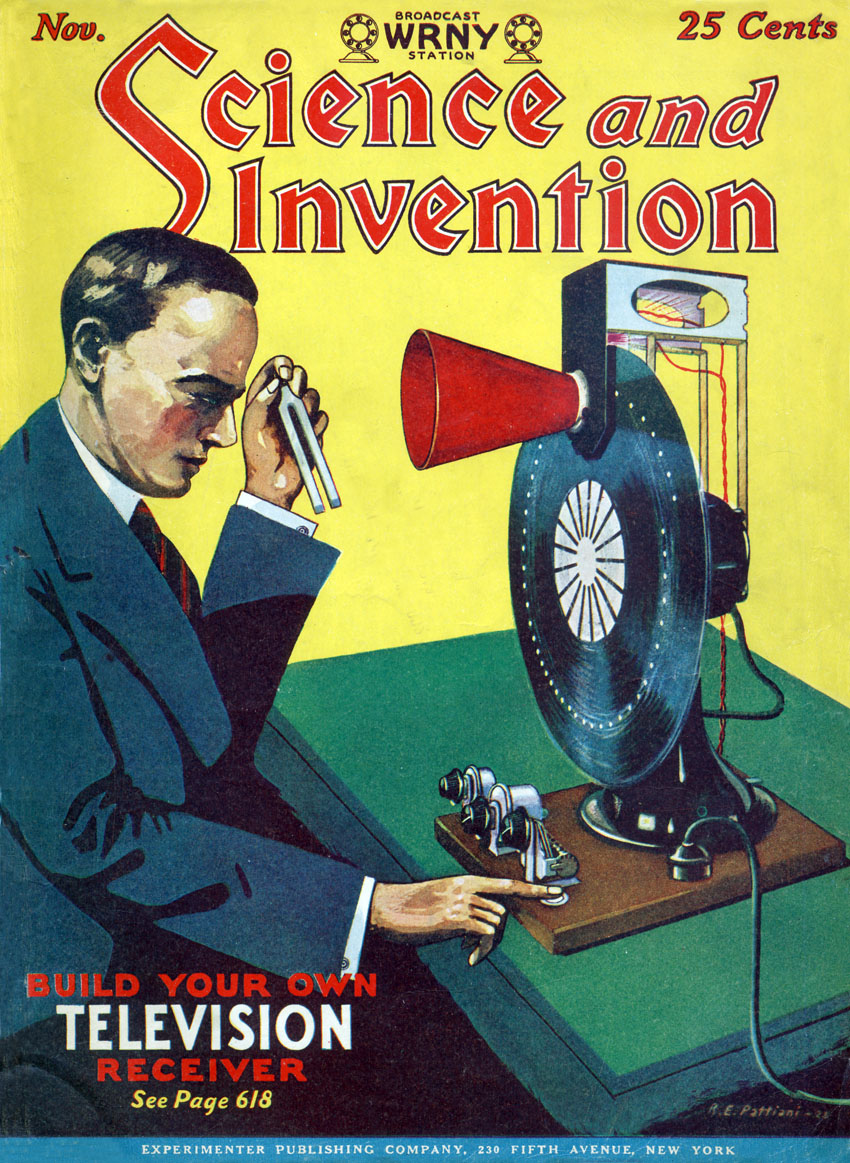|
Ibrahim Ibn Said Al-Sahli
Ibrahim Ibn Saîd al-Sahlì () (11th century) was an Andalusian globe-maker, active from 1050 to 1090. Ibrahim Ibn Saîd al-Sahlì worked in Valencia and Toledo in what is now Spain, and was mentioned in a list of mathematics students in Andalusia in a book written in 1068. Ibrahim Ibn Saîd al-Sahlì created the "astrolabe of Al-Sahli", an instrument to determine the positions of the stars on the sky, in the city of Tulaytulah (now Toledo, Spain) in the year 1066. He built four more astrolabes between 1067 and 1086. His first astrolabe was characterized by the peculiarity of its operation, as other astrolabes made in his time were not similar. References * Museo Galileo Museo Galileo, the former ''Istituto e Museo di Storia della Scienza'' (Institute and Museum of the History of Science) is located in Florence, Italy, in Piazza dei Giudici, along the River Arno and close to the Uffizi Gallery. The museum, dedicate ....Ibrâhim 'Ibn Saîd as Sahlì. Catalogue of the Museo Gali ... [...More Info...] [...Related Items...] OR: [Wikipedia] [Google] [Baidu] |
Globo Celeste Arabo Inv , a radio station
{{disambiguation ...
Globo (meaning '' globe'' in Portuguese, Spanish and Italian) may refer to: * Grupo Globo, a Brazilian conglomerate primarily in mass media ** TV Globo, a television network *** GloboNews, a television 24-hour news channel *** Globo (Portuguese TV channel) ** Canais Globo, a satellite TV service; also in Portugal **''O Globo'', a newspaper ** Globo Filmes, a movie production company **Editora Globo, a publishing house ** Globo Marcas, a branding and marketing company *Globo Futebol Clube, a Brazilian football club *'' Il Globo'', an Italian-language newspaper published in Australia *Radio Globo (Honduras) Radio Globo is a radio station operating in Tegucigalpa, Honduras. It is known for its opposition to the 2009 Honduran coup d'état as well as being the radio station for 24/7 news channel Globo TV. It is owned by Alejandro Villatoro. The station ... [...More Info...] [...Related Items...] OR: [Wikipedia] [Google] [Baidu] |
Al-Andalus
Al-Andalus translit. ; an, al-Andalus; ast, al-Ándalus; eu, al-Andalus; ber, ⴰⵏⴷⴰⵍⵓⵙ, label= Berber, translit=Andalus; ca, al-Àndalus; gl, al-Andalus; oc, Al Andalús; pt, al-Ândalus; es, al-Ándalus () was the Muslim-ruled area of the Iberian Peninsula. The term is used by modern historians for the former Islamic states in modern Spain and Portugal. At its greatest geographical extent, it occupied most of the peninsula and a part of present-day southern France, Septimania (8th century). For nearly a hundred years, from the 9th century to the 10th, al-Andalus extended its presence from Fraxinetum into the Alps with a series of organized raids and chronic banditry. The name describes the different Arab and Muslim states that controlled these territories at various times between 711 and 1492. These boundaries changed constantly as the Christian Reconquista progressed,"Para los autores árabes medievales, el término Al-Andalus designa la totalidad ... [...More Info...] [...Related Items...] OR: [Wikipedia] [Google] [Baidu] |
Valencia
Valencia ( va, València) is the capital of the autonomous community of Valencia and the third-most populated municipality in Spain, with 791,413 inhabitants. It is also the capital of the province of the same name. The wider urban area also comprising the neighbouring municipalities has a population of around 1.6 million, constituting one of the major urban areas on the European side of the Mediterranean Sea. It is located on the banks of the Turia, on the east coast of the Iberian Peninsula, at the Gulf of Valencia, north of the Albufera lagoon. Valencia was founded as a Roman colony in 138 BC. Islamic rule and acculturation ensued in the 8th century, together with the introduction of new irrigation systems and crops. Aragonese Christian conquest took place in 1238, and so the city became the capital of the Kingdom of Valencia. The city's population thrived in the 15th century, owing to trade with the rest of the Iberian Peninsula, Italian ports and other loca ... [...More Info...] [...Related Items...] OR: [Wikipedia] [Google] [Baidu] |
Toledo, Spain
Toledo ( , ) is a city and municipality of Spain, capital of the province of Toledo and the ''de jure'' seat of the government and parliament of the autonomous community of Castilla–La Mancha. Toledo was declared a World Heritage Site by UNESCO in 1986 for its extensive monumental and cultural heritage. Located on the banks of the Tagus in central Iberia, Toledo is known as the "City of the Three Cultures" for the cultural influences of Christians, Muslims, and Jews throughout its history. It was the capital, from 542 to 725 CE, of the Visigothic kingdom, which followed the fall of the Roman Empire. Toledo was also the location of historic events such as the Councils of Toledo and was labelled the "Imperial City" due to the fact that it was the main venue of the court of Charles V, Holy Roman Emperor in Spain. The city, seat of a powerful archdiocese for much of its history, has a Gothic Cathedral, the '' Catedral Primada de España'' ("The Primate Cathedral of Spain"), and a ... [...More Info...] [...Related Items...] OR: [Wikipedia] [Google] [Baidu] |
Andalusia
Andalusia (, ; es, Andalucía ) is the southernmost autonomous community in Peninsular Spain. It is the most populous and the second-largest autonomous community in the country. It is officially recognised as a "historical nationality". The territory is divided into eight provinces: Almería, Cádiz, Córdoba, Granada, Huelva, Jaén, Málaga, and Seville. Its capital city is Seville. The seat of the High Court of Justice of Andalusia is located in the city of Granada. Andalusia is located in the south of the Iberian Peninsula, in southwestern Europe, immediately south of the autonomous communities of Extremadura and Castilla-La Mancha; west of the autonomous community of Murcia and the Mediterranean Sea; east of Portugal and the Atlantic Ocean; and north of the Mediterranean Sea and the Strait of Gibraltar. Andalusia is the only European region with both Mediterranean and Atlantic coastlines. The small British Overseas Territories, British Overseas Territory ... [...More Info...] [...Related Items...] OR: [Wikipedia] [Google] [Baidu] |
Astrolabe
An astrolabe ( grc, ἀστρολάβος ; ar, ٱلأَسْطُرلاب ; persian, ستارهیاب ) is an ancient astronomical instrument that was a handheld model of the universe. Its various functions also make it an elaborate inclinometer and an analog calculation device capable of working out several kinds of problems in astronomy. In its simplest form it is a metal disc with a pattern of wires, cutouts, and perforations that allows a user to calculate astronomical positions precisely. Historically used by astronomers, it is able to measure the altitude above the horizon of a celestial body, day or night; it can be used to identify stars or planets, to determine local latitude given local time (and vice versa), to survey, or to triangulate. It was used in classical antiquity, the Islamic Golden Age, the European Middle Ages and the Age of Discovery for all these purposes. The astrolabe's importance comes not only from the early developments into the study of ast ... [...More Info...] [...Related Items...] OR: [Wikipedia] [Google] [Baidu] |
Museo Galileo
Museo Galileo, the former ''Istituto e Museo di Storia della Scienza'' (Institute and Museum of the History of Science) is located in Florence, Italy, in Piazza dei Giudici, along the River Arno and close to the Uffizi Gallery. The museum, dedicated to astronomer and scientist Galileo Galilei, is housed in Palazzo Castellani, an 11th-century building which was then known as the Castello d’Altafronte. Museo Galileo owns one of the world's major collection of scientific instruments, which bears evidence of the role that the Medici and Lorraine Grand Dukes attached to science and scientists. The Museo di Storia della Scienza has re-opened to the public under the new name ''Museo Galileo'' since June 10, 2010, after a two-year closure due to redesigning and renovation works. It has been inaugurated four hundred years after the publication in March 1610 of Galileo's ''Sidereus Nuncius'' (''The Starry Messenger''). The museum The museum features the valuable scientific instruments fro ... [...More Info...] [...Related Items...] OR: [Wikipedia] [Google] [Baidu] |
Al-Andalus Scientific Instrument Makers
Al-Andalus translit. ; an, al-Andalus; ast, al-Ándalus; eu, al-Andalus; ber, ⴰⵏⴷⴰⵍⵓⵙ, label=Berber, translit=Andalus; ca, al-Àndalus; gl, al-Andalus; oc, Al Andalús; pt, al-Ândalus; es, al-Ándalus () was the Muslim-ruled area of the Iberian Peninsula. The term is used by modern historians for the former Islamic states in modern Spain and Portugal. At its greatest geographical extent, it occupied most of the peninsula and a part of present-day southern France, Septimania (8th century). For nearly a hundred years, from the 9th century to the 10th, al-Andalus extended its presence from Fraxinetum into the Alps with a series of organized raids and chronic banditry. The name describes the different Arab and Muslim states that controlled these territories at various times between 711 and 1492. These boundaries changed constantly as the Christian Reconquista progressed,"Para los autores árabes medievales, el término Al-Andalus designa la totalidad d ... [...More Info...] [...Related Items...] OR: [Wikipedia] [Google] [Baidu] |
Inventors Of The Medieval Islamic World
An invention is a unique or novel device, method, composition, idea or process. An invention may be an improvement upon a machine, product, or process for increasing efficiency or lowering cost. It may also be an entirely new concept. If an idea is unique enough either as a stand alone invention or as a significant improvement over the work of others, it can be patented. A patent, if granted, gives the inventor a proprietary interest in the patent over a specific period of time, which can be licensed for financial gain. An inventor creates or discovers an invention. The word ''inventor'' comes from the Latin verb ''invenire'', ''invent-'', to find. Although inventing is closely associated with science and engineering, inventors are not necessarily engineers or scientists. Due to advances in artificial intelligence, the term "inventor" no longer exclusively applies to an occupation (see human computers). Some inventions can be patented. The system of patents was established to ... [...More Info...] [...Related Items...] OR: [Wikipedia] [Google] [Baidu] |
Mathematicians Of Al-Andalus
A mathematician is someone who uses an extensive knowledge of mathematics in their work, typically to solve mathematical problems. Mathematicians are concerned with numbers, data, quantity, structure, space, models, and change. History One of the earliest known mathematicians were Thales of Miletus (c. 624–c.546 BC); he has been hailed as the first true mathematician and the first known individual to whom a mathematical discovery has been attributed. He is credited with the first use of deductive reasoning applied to geometry, by deriving four corollaries to Thales' Theorem. The number of known mathematicians grew when Pythagoras of Samos (c. 582–c. 507 BC) established the Pythagorean School, whose doctrine it was that mathematics ruled the universe and whose motto was "All is number". It was the Pythagoreans who coined the term "mathematics", and with whom the study of mathematics for its own sake begins. The first woman mathematician recorded by history was Hypat ... [...More Info...] [...Related Items...] OR: [Wikipedia] [Google] [Baidu] |




